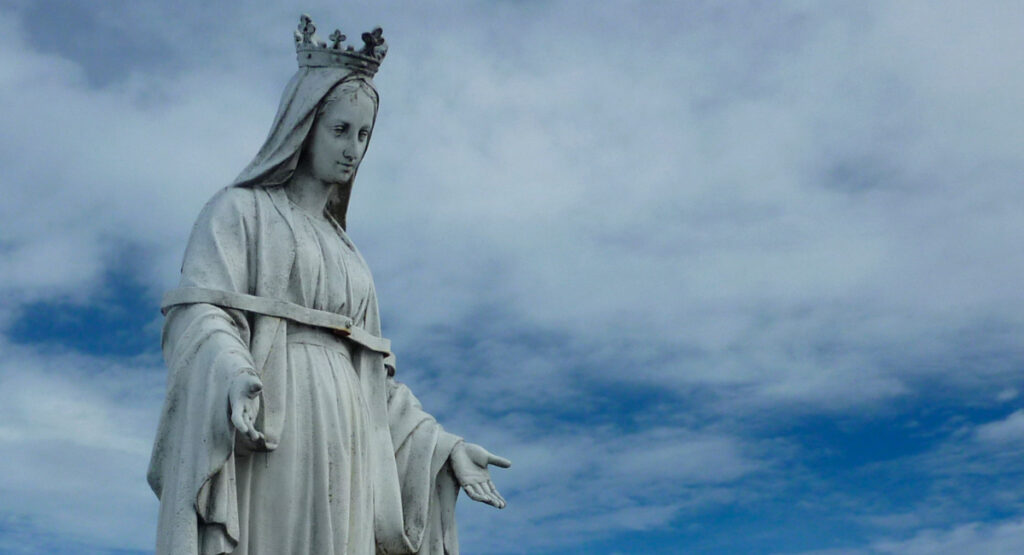
May is the “month which the piety of the faithful has especially dedicated to Our Blessed Lady”, and it is the occasion for a “moving tribute of faith and love which Catholics in every part of the world pay to the Queen of Heaven. During this month Christians, both in church and in the privacy of the home, offer up to Mary from their hearts an especially fervent and loving homage of prayer and veneration. In this month, too, the benefits of God’s mercy come down to us from her throne in greater abundance” (Paul VI: Encyclical on the Month of May, no. 1).
As I was reflecting on how to honour the month of Mary during this Ignatian Year, I came to realise how Our Lady’s presence was so frequent, so intense, and so decisive in the whole process of St Ignatius’ conversion. Going through the Autobiography of the saint, we encounter the presence of Our Lady in Loyola, later in the itinerary to Aranzazu (where most probably St Ignatius made his vow of chastity), to Navarrete, along the way to Montserrat in the episode of the Morro, in Montserrat for the vigil of arms, in Manresa, and in La Storta. In fact, for the most important and decisive steps in his life, St Ignatius chose places, altars, or feast days of Our Lady.
Little by little as he breaks his ties with the previous world, his new relationship with Our Lady grows more and more. In saying goodbye to the old world, it seems that St Ignatius pays particular interest and attention to Mary. Perhaps with this he wants to remind the Companions of the purifying power of Mary, and the mediation function to Christ Our Lord exercised by the devotion to Our Lady.
“One night while he was awake, he saw clearly an image of Our Lady with the holy Child Jesus. From this sight he received for a considerable time very great consolation, and he was left with such loathing for his whole past life, and especially for the things of the flesh, that it seemed to him that his spirit was rid of all the figures that had been painted on it. Thus from that hour until August ‘53 when this was written, he never gave the slightest consent to the things of the flesh. For this reason it may be considered the work of God, although he did not dare to claim it nor said more than to affirm the above. But his brother as well as all the rest of the household came to know from his exterior the change that had been wrought inwardly in his soul” (Aut no. 10).
In this first encounter at the beginning of his conversion, it is already clear how the radical change in his life, how the new direction of his journey had the deep mark of Our Lady’s presence. Since the very beginning, throughout the whole process until his experience of the authentic mystical grace in La Storta towards the end of the Autobiography, Our Lady is there. Later on, St Ignatius would entreat every exercitant, and especially every Jesuit, to experience this powerful presence of Our Lady to mediate and to intercede in the Spiritual Exercises. Indeed, St Ignatius designed the Ignatian Long Retreat, which gives every Jesuit the basic spiritual principles, following his own experience. The one who makes the retreat encounters Our Lady in every decisive moment, such as in important colloquies and self-offering, and constantly implores Our Lady’s intercession that he may be accepted as a companion of Jesus under the banner of the Cross.
Similar to the conversion process of St Ignatius, the Ignatian retreat marks a “before” and “after” in the life of a Jesuit. And there, Our Lady’s intense and mediating presence is so decisive. Her presence and prayer help us to constitute a new life, where we begin to see everything new in Christ.
Our Lady, Mother of the Society, pray for us.

Joaquim Sarmento SJ
Regional Superior of Timor-Leste

Leave a Reply